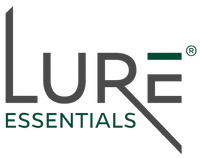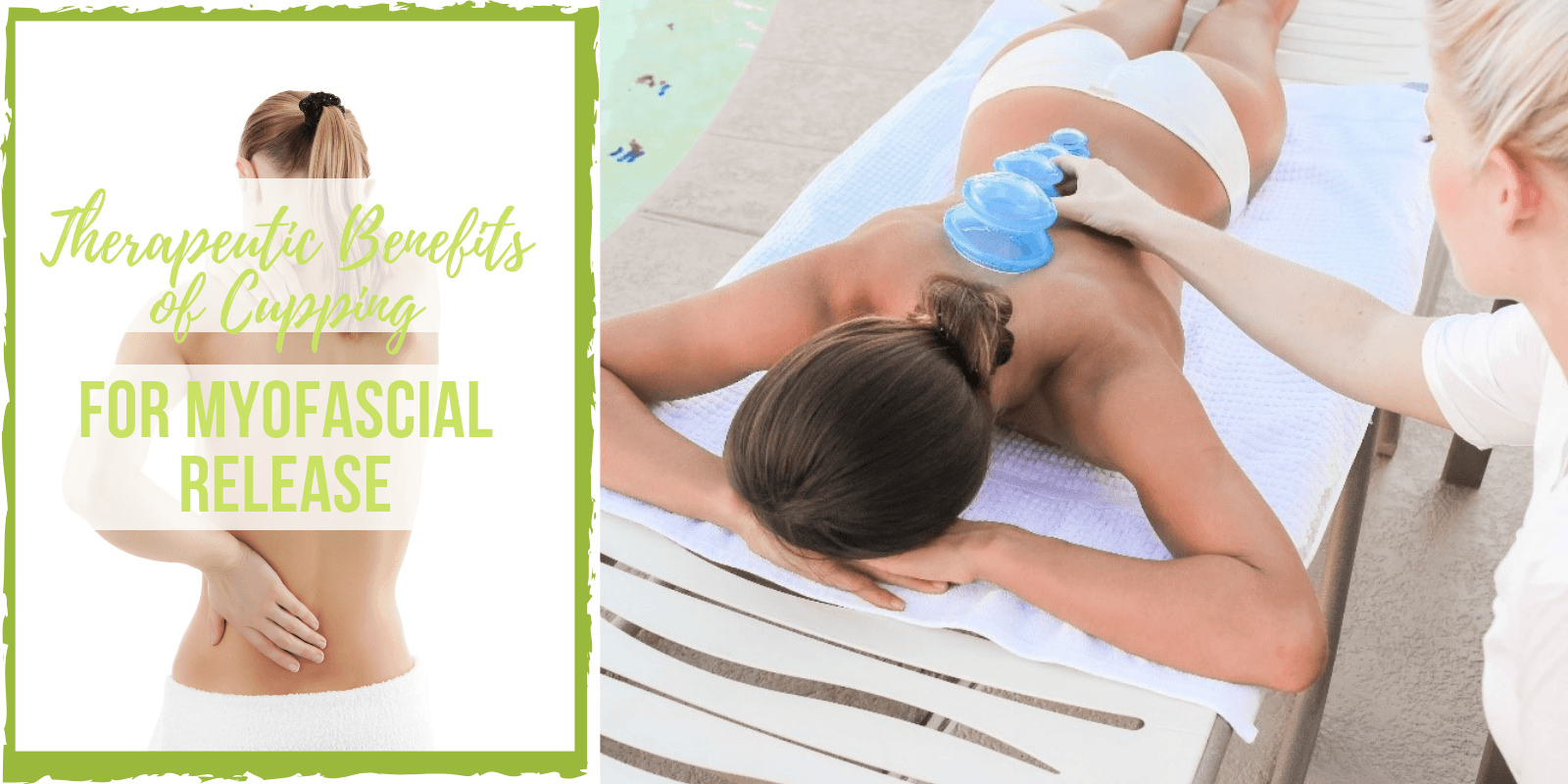We’ve talked a lot about the fascia—a complex structure that lies over the muscle and wraps the entire body in a tight web of connective tissue. If you’ve ever seen a hunk of meat with white fibers still clinging to it, you have some idea of what the fascia looks like, but this structure is more than just a cling wrap for the body—it’s living tissue that needs blood and nutrients just like our organs, and if that flow of nutrients is interrupted you may experience pain and tightness. Even if you don’t have an area of particular concern, cupping for fascia health is a great way to keep your muscles moving smoothly and your body pain-free.
If you’re looking for cupping options for fascia health, a traditional approach is to ‘map’ the body. Mapping the body works with the idea that each area of our body controls how other areas feel and react. The feet, for example, are often targeted for massage and physical therapy, because there are a high concentration of nerves that travel upward and affect other areas. Many cupping experts believe that cupping certain areas of the body can be beneficial to your overall health – much like acupuncture, this involves applying cups in a particular line or area.
Releasing Trigger Points with Cupping
You may have heard the term ‘trigger points’ in relation to massage—these are areas that not only directly benefit from pressure, but can relieve pain in other areas, thus causing a positive ripple effect. The reason for this is that the fascia isn’t only a cover for the muscle—it’s far more intricate than that, and stimulating the fascia can lead to other, more widespread benefits.
As an example, let’s look at the back. When you perform static cupping on the back, not only are you contributing to your fascial health by breaking up areas of stagnation, releasing knots, and encouraging blood flow, you may also be benefiting in other ways as well, especially when it comes to myofascial pain. Pain may be ‘rooted’ in one area, but show up in another, leading to difficulty and frustration when your usual methods of fail to bring relief. When you cup over a larger area, you can begin to find the trigger points that are causing pain, therefore creating an understanding of your pain and how to treat it.
And cupping on the back is only the beginning. There are pressure points in the face associated with reducing anxiety and common headache triggers, upper pelvic areas that are receptive for pain associated with menstrual cramps, and even spots on the wrist and arms that can help with discomfort for the common cold. Mapping the body with pressure points in mind will not only maximize the areas of benefit, it will also help you better understand your body and how you can help it heal.
Benefits of Cupping for Better Circulation and Mobility
It’s easy to forget one of the most major players in our overall health when we have a crick in the neck or an aching Achilles tendon—blood. Without proper blood flow, the muscles and the fascia would seize up, which means that smooth circulation is a major goal in cupping. One of the main things cupping achieves is pulling fresh blood to the surface of an injured area, allowing nutrients to begin the healing process. The fascia, just like the rest of the body, thrives on blood flow, and without it you may start to experience problems with knots and other painful areas, even without an injury. Cupping over the body encourages circulation, which in turn keeps the fascia and the muscles underneath smooth and pain-free.
The lesson? Don’t just cup when you feel pain and don’t give up if you feel like your pain is unreachable. Incorporating cupping into your health and wellness routine will give you the benefit of improved circulation, better mobility, and fewer sore days. Pressure points can be found throughout the body, with different benefits associated with different areas. Understanding how these trigger areas work in conjunction with your overall health is the first step toward cupping success.








